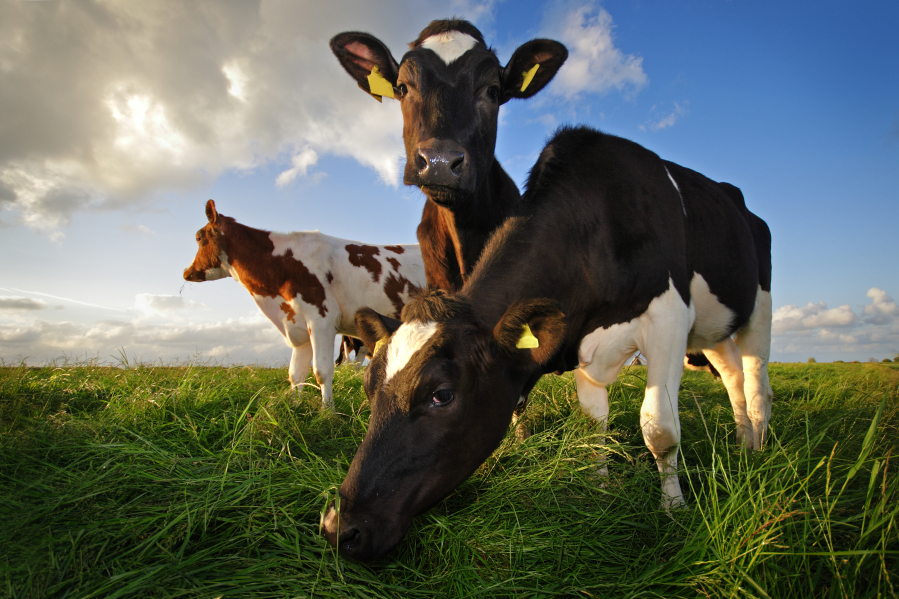When it comes to climate change, we know where the most important warming agent — carbon dioxide — is coming from. Most of it is coming from the burning of fossil fuels, with some additional contributions from deforestation and other causes.
But the second most potent greenhouse warming agent — the hard-hitting, if short-lived, gas known as methane — presents more of a mystery. There has clearly been an alarming uptick in atmospheric methane in recent years, following a flattening of concentrations from 2000 to around 2007. But the cause of this particular pattern has been hotly debated, with some blaming the fracked natural gas boom, and others pointing to other causes, such as agriculture.
Now, new research published recently in the journal Carbon Balance and Management by three scientists with the Joint Global Change Research Institute, a center of the University of Maryland and the Pacific Northwest National Laboratory, point the finger at agriculture once again — and more specifically, at cattle and other livestock.
“Just from livestock methane emissions, our revisions resulted in 11 percent more methane in a recent year than what we were previously estimating,” said Julie Wolf, lead author of the study who completed the work while a postdoc at the institute, and now works at the Department of Agriculture. “It’s not the biggest contributor to the annual methane budget in the atmosphere, but it may be the biggest contributor to increases in the atmospheric budget over recent years.”



